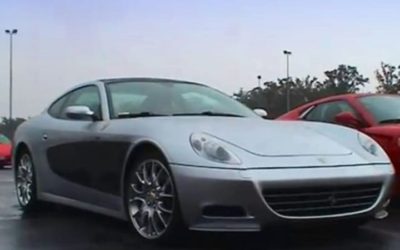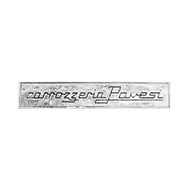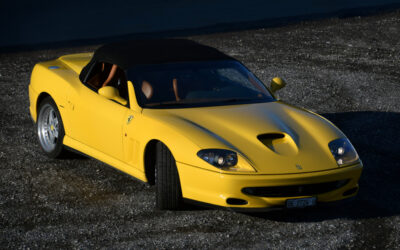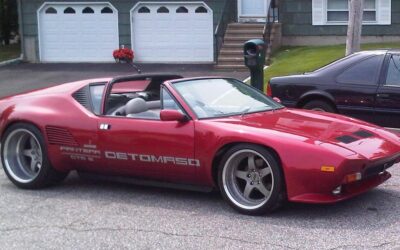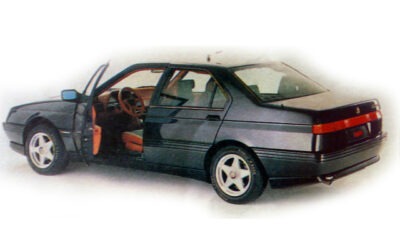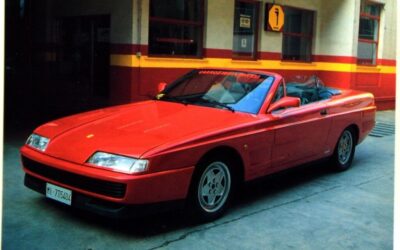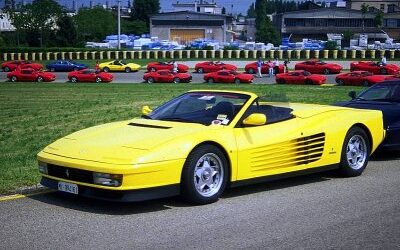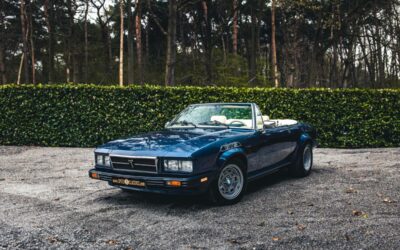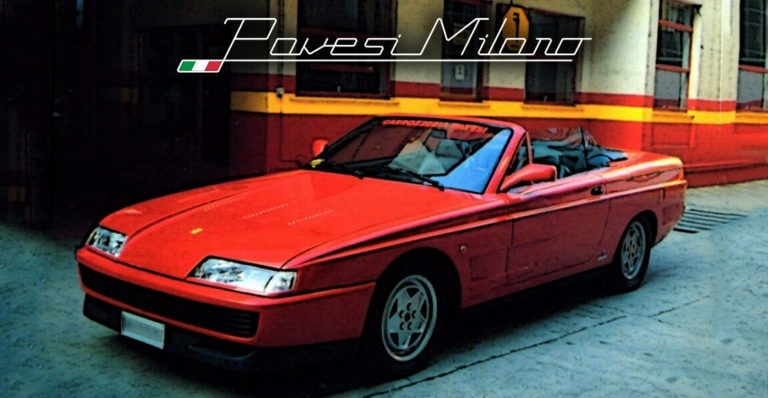Pavesi
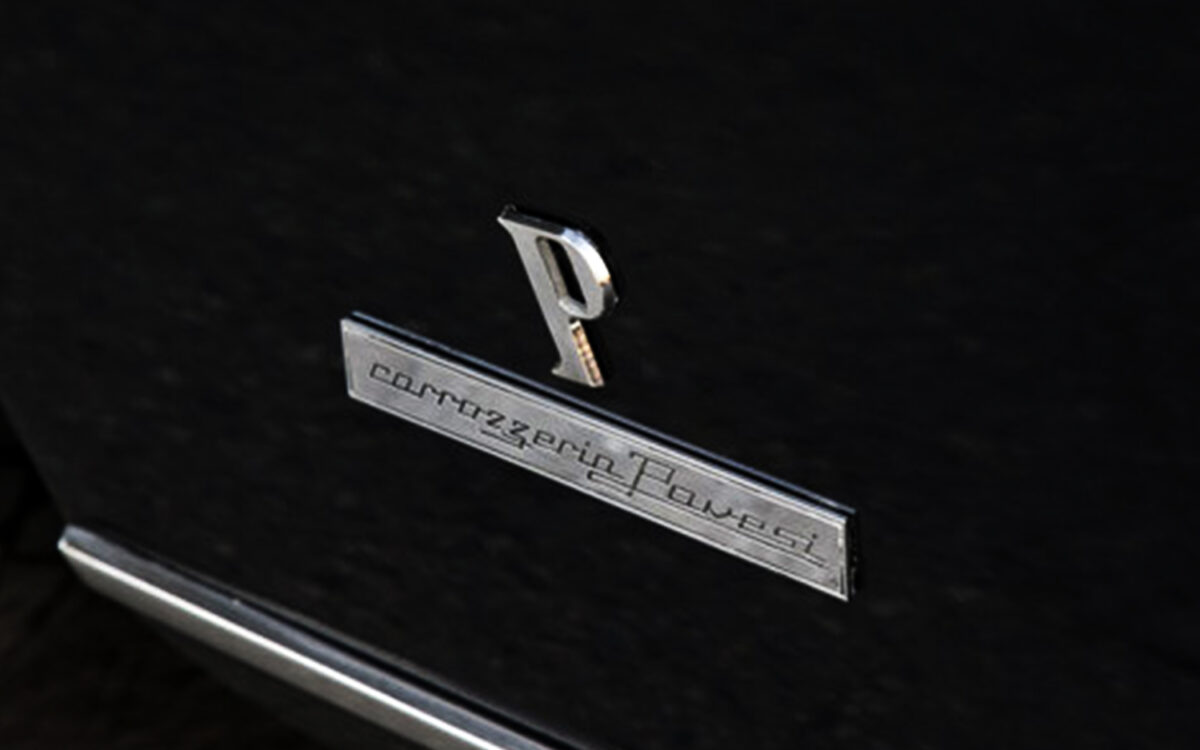
Introduce
Est. 1929
In the first post-war period, Ernesto Pavesi (1901-1974), a young carpenter specialized in bodywork, opened a small business: a craft workshop for carriages.He seemed to immediately understand how these would soon be replaced by the advent of cars and, at the cost of great economic sacrifices, he founded the body shop of the same name in Via Pietro Calvi in Milan.Over the years he specialized in the production of commercial vans starting from standard vehicles such as the three-speed Fiat Balilla. The remarkable success of vehicle customization also extended to private vehicles. The first briar dashboards were mounted on the Lancia Astura and the Lancia Artena.With the start of the Second World War, the demand for aesthetic finishing and customization dropped drastically and to survive the bombings of those difficult years, Pavesi moved his workshop to Trecella, near Melzo. The Pavesi adapted to the difficult period by dedicating themselves to the repairs of the means of the Armed Forces, to the installation of gas-fired systems and to some very primitive ballistic protections.At the end of the conflict, the Pavesi returned to Milan opening a new office in via Mezzofanti. The other two sons, Emilio and Luciano, also joined the new team of Carrozzeria Pavesi. Luciano quickly became the architect and inspirer of the new Milanese body shop.In the 1950s, the Pavesi decided to relaunch a trend that was gaining ground in mass production cars in Great Britain: the complete transformation of the interior of any type of car, inspired by the interiors of the Roll-Royce and Jaguar cars. The elaboration included the dashboard, the steering wheel in walnut briar, the seats and the door panels in hand-stitched leather, the air conditioning and the radio with a cost of about 5 million Lire; astounding when one thinks that the cost of a Mini did not reach one million Lire. Despite this high price Pavesi produced about 50 specimens of Mini so elaborate.Due to the limited spaces that the Via Mezzofanti headquarters offered, the bodywork was moved to Via Luigi De Andreis, in its historic location. Here about twenty Alfa Romeo 1750 were converted into a station wagon (Alfa Romeo 1750 Giardinetta Veloce), about thirty spiders starting from the Grifo coupe of the Iso Rivolta (one was purchased by the tenor Mario Del Monaco): many Ferrari Dino coupes and Maserati Indy transformed in unpublished "plaque". At that time the Pavesi bodywork employed 38 people, mostly skilled workers. Despite the large number of employees, the queue that formed in front of the shutters a few hours before the opening was the clear signal that many customers would not have had access and would have been kindly invited to leave.In the early 70s there was the triumph of the hard top on the Ferrari 365 Daytona spiders (50 of these were destined for the American market) and the sunroof, such as the one mounted on the Porsche license plate, the Maserati Ghibli and the Dino Ferrari. The first agreements with the Maserati driven by Alejandro De Tomaso date back to that period, which turned into an industrial collaboration on cars marked DeTomaso. All the De Tomaso Longchamp convertibles and the De Tomaso Panthera list plates were transformed by the Pavesi bodywork. One of these Longchamp spyder was used in the film "the bitchy tamed" (1980) with Ornella Muti and Adriano Celentano.In the late 70s and early 80s, Italy was hit by the scourge of terrorism and kidnappings for the purpose of extortion, and this led the Pavesi body shop to specialize in the production of armored cars. Among the many, the four-door Maserati is destined for the then President of the Republic Sandro Pertini. At the end of the 1980s, the Pavesi body shop created special cars for important world personalities. We remember the Range-Rover Cabrio and the Ferrari 400 convertible made for the Libyan president Gaddafi and the Arab prince Feisal.In the 90s, the work of elaboration and transformation of exclusive cars (such as the creation of a small series of Ferrari Testarossa cabriolets with electrohydraulic hood), was joined by a mini production of vintage-looking commercial vehicles, the "Old Pavesi" made on the mechanics and chassis of modern Ford Transit.In the early 2000s the three Pavesi brothers were joined by some of the children, and following their subsequent disappearance, the children sought new subjects and a management that could continue the tradition of the name and contextually revive its objectives.In 2008 the body shop was sold to a consortium of entrepreneurs .

